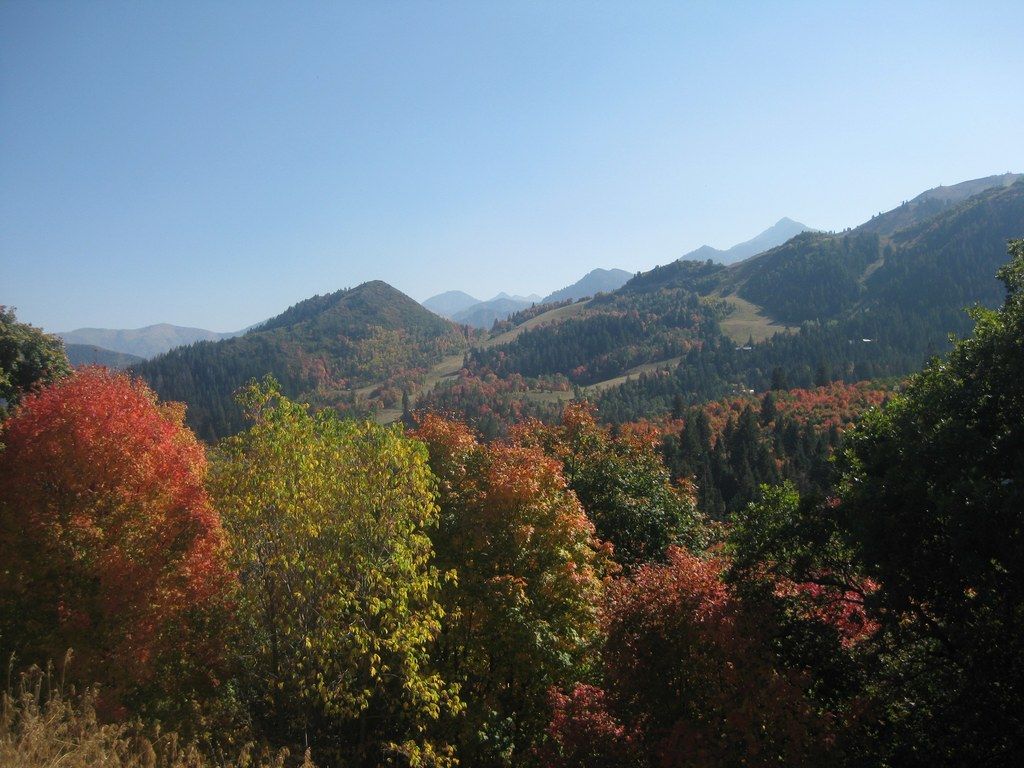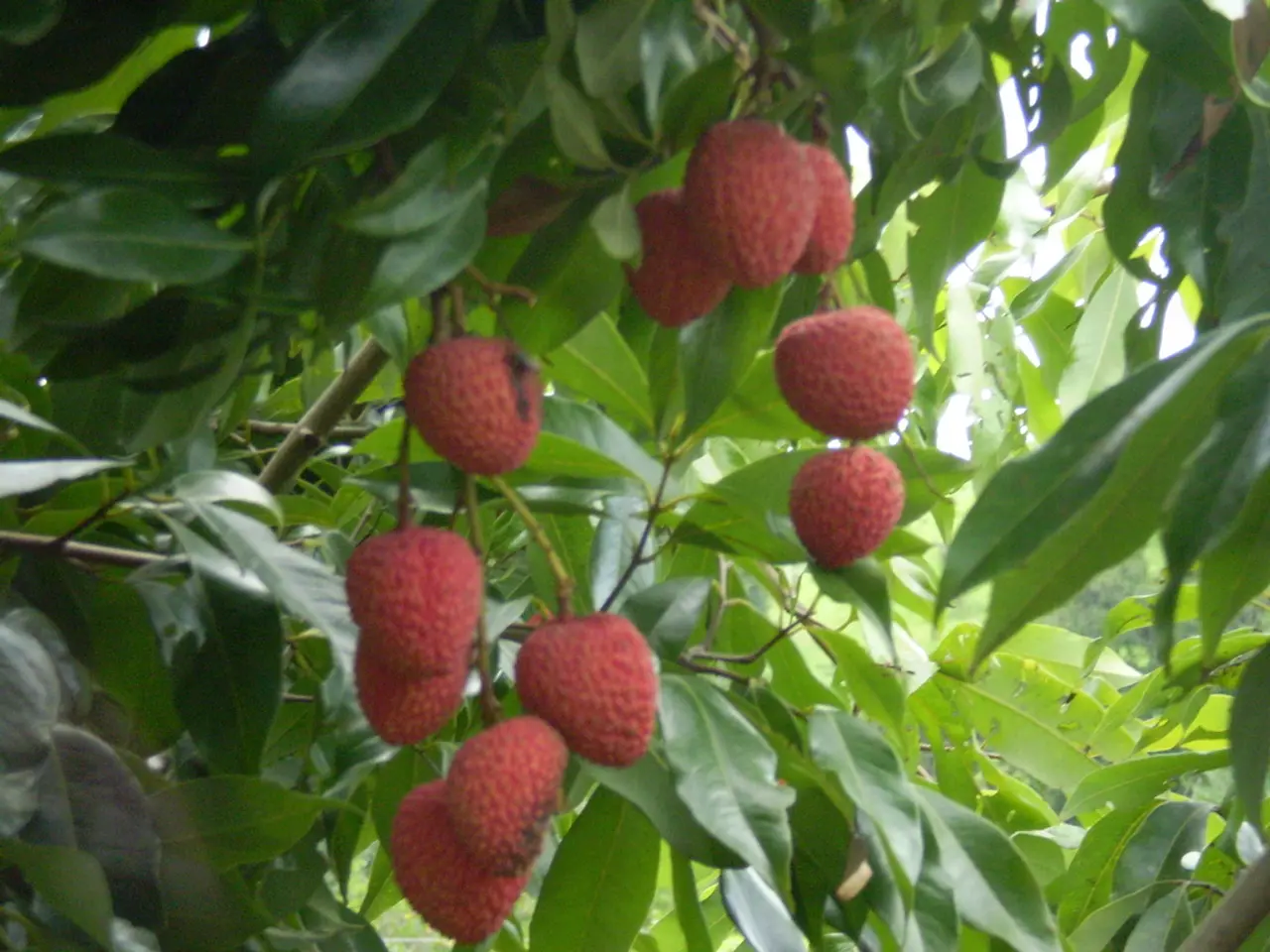Various traditional domestic animal species persist in the region of Thuringia
Going the Extra Mile to Preserve Rare German Livestock Breeds
The Thuringian Forest Goat, Rhön Sheep, and Leine Sheep aren't the only endangered livestock breeds dwelled in the Free State. 21 breeds, listed on the Red List of threatened or endangered livestock breeds, call the Free State home, as disclosed by a response from the Ministry of Agriculture to a query from Nadine Hoffmann of AfD state parliamentarian. Farmers sustaining these precious breeds can receive financial aid from the state, according to the ministry.
Antje Feldmann, the managing director of the Society for the Preservation of Old or Endangered Domestic Animal Breeds, put it clearly, "Some breeds can easily teeter because there are merely a handful of breeders. If they quit, there are often problems."
Rare Breeds List in Thuringia
Thuringia's Ministry of Agriculture includes breeds like the Rotes Höhenvieh and Gelbvieh cattle, the Coburger Fuchsschaf, the White Mountain Sheep, and the Sächsisch-Thüringisches Schweres Warmblut horse, the German Sattelschwein pig, among others on its red list.
Endangered horse breeds contribute significantly to Thuringia's economy, particularly used for timber transport and tourism. Unfortunately, the ministry couldn't provide figures for the number of animals belonging to each breed, due to the absence of relevant data.
Feldmann pointed out the Merino Longwool Sheep as being particularly vulnerable in Thuringia. "It is mainly reared in Thuringia in Germany." The experts estimate that around 3,200 of these sheep call Thuringia home in larger herds. However, Feldmann warned, "If just one operation stops, it can get tricky."
Hanging by a Thread
The Rhön Sheep with its distinct dark head has reportedly seen a successful recovery. This breed is predominantly reared in the Rhön region, but not exclusively. Feldmann mentioned that there are close to 4,800 Rhön sheep across Germany. "The breeding basis lies within the Rhön."
Almost all federal states now house the Thuringian Forest Goat. Feldmann estimates the number of breeding animals at roughly 1,800. Greußen, in the Kyffhäuser district, houses a large breeder who also peddles regional goat's milk products.
The financial support for the keepers of rare, endangered, and threatened livestock breeds underwent reform in 2023 and is now handled through the Thuringian Animal Welfare Directive. The financial assistance is designed to help offset the higher costs associated with maintaining these rarer breeds compared to common livestock types.
An Annual Investment in History and Heritage
Between 270,000 to 320,000 euros is allocated yearly to back the preservation of these rare breeds. Conservation breeding programs are primarily supported, with plans to expand this support to more breeds. Since 2025, Gelbvieh has been encompassed in these endeavors as well. As Agriculture Minister Colette Boos-John (CDU) articulated, "This funding is about preserving endangered indigenous livestock breeds and, consequently, genetic resources for corresponding breeding programs."
Feldmann commended Thuringia's efforts to protect these endangered livestock breeds. "Thuringia is committed to this." However, Feldmann underscored the importance of tracking the populations of individual breeds and remaining consistent in support. "Breeders require long-term assurance regarding the support they can anticipate," said Feldmann, mentioning shepherds who utilize their herds for land management.
Preserving old breeds is critical for sustaining our cultural landscapes like dry grasslands and orchards. It's also essential for maintaining a wide genetic pool and preparing for future environmental changes. Moreover, these animals are an integral part of regional identities, rooted deeply in local communities.
Maintaining the population of Merino Longwool Sheep is crucial, as they are primarily bred in Thuringia and the loss of a single operation could pose a significant challenge.
Being diligent in monitoring and consistently supporting the populations of endangered livestock breeds, such as the Merino Longwool Sheep, is essential for preserving both the unique genetic resources and local cultures connected to them. In addition, promoting the survival of these rare breeds helps safeguard the valuable cultural landscapes they contribute to, such as dry grasslands and orchards.








